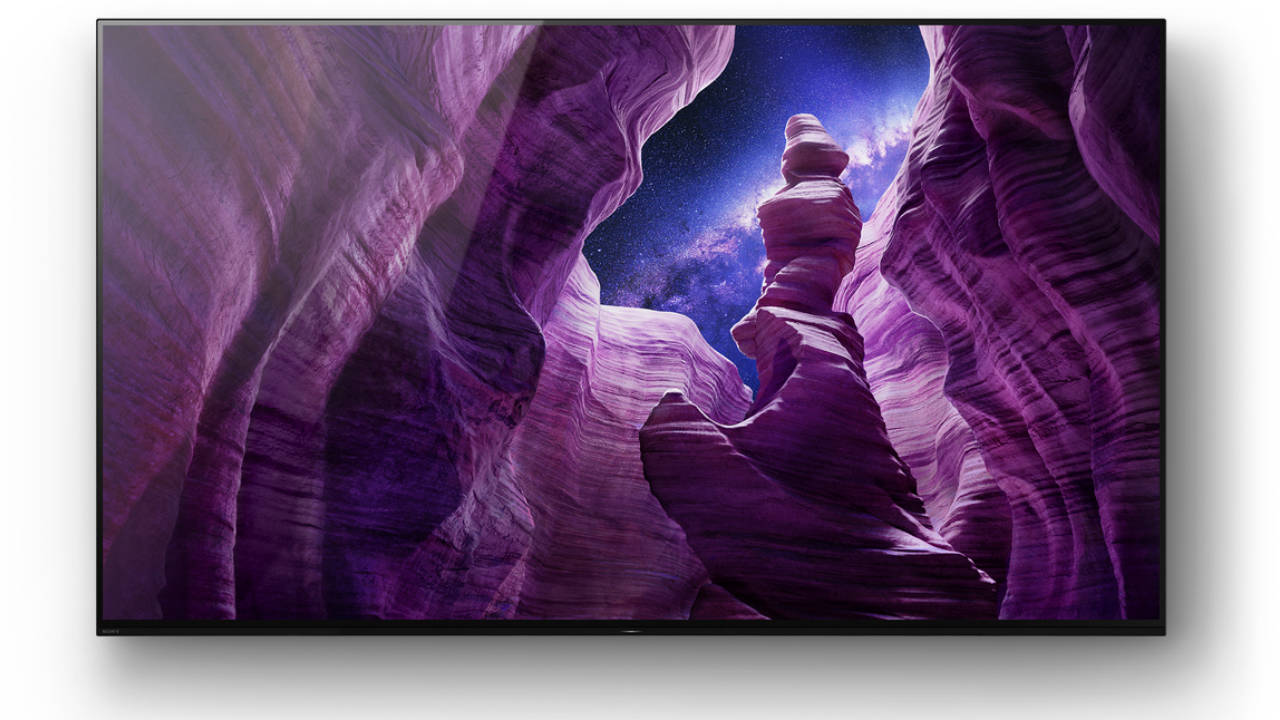
Back in 2017, Sony entered the OLED ring with the launch of the Sony A1 OLED TV. Not only was this Sony’s first foray into the OLED market, but Sony did a bunch of new things with the TV. For starters, it had a picture-frame-like design, giving it a unique look. This was also the first time Sony introduced its Acoustic Surface technology where the entire display essentially was the speaker. It’s 2020, and we now have Sony’s flagship OLED TV for the year, the A8H. While the TV has a design which has evolved over the years, it also has the evolution of Sony’s technology with OLED panels, Triluminos Display and Acoustic Surface audio. Put simply, this is one of the best TVs for a cinematic viewing experience, and we’ll get to why in the performance section. The TV may not boast of HDMI 2.1, and we’ll cover that in the gaming section, but it does have eARC for the home theatre enthusiast.
Sony A8H: Specs at a glance
Panel Size: 65-inch (available in 55-inch as well)
Panel Type: OLED
Panel Resolution: 3840 x 2160 – 4K
Panel Refresh Rate: 60Hz at 4K (120Hz at 1080p)
HDR 10 support: Yes
Dolby Vision Support: Yes
Weight (with stand): 23.6kgs
HDMI Ports: 4
USB Ports: 3
Bluetooth: Yes
Wi-Fi: Yes
Ethernet: Yes
Speakers: 30W (Actuators x 2, Subwoofers x 2)
Built-in storage: 16GB
Price: Rs 2,79,990 for 65-inch
Sony A8H OLED TV: Display and Picture Quality
Sony has packed in a lot of technology into the A8H’s display. To kick things off, it is an OLED panel, which means every pixel is self-illuminating, giving you the deepest blacks and most vibrant colours. Adding vibrancy to the colours, we have Sony’s Triluminos Display and Sony’s Pixel Contrast Booster which claims to make content more vibrant. Then there is Sony’s 4K X-Reality Pro engine to upscale content and the heavy lifting of processing is handled by Sony’s X-1 Ultimate chip. Needless to say, Sony has thrown everything at this TV except a coffee maker and the kitchen sink. Does packing every piece of tech make this the ultimate TV or do too many cooks spoil the broth? Let’s get into some content performance.
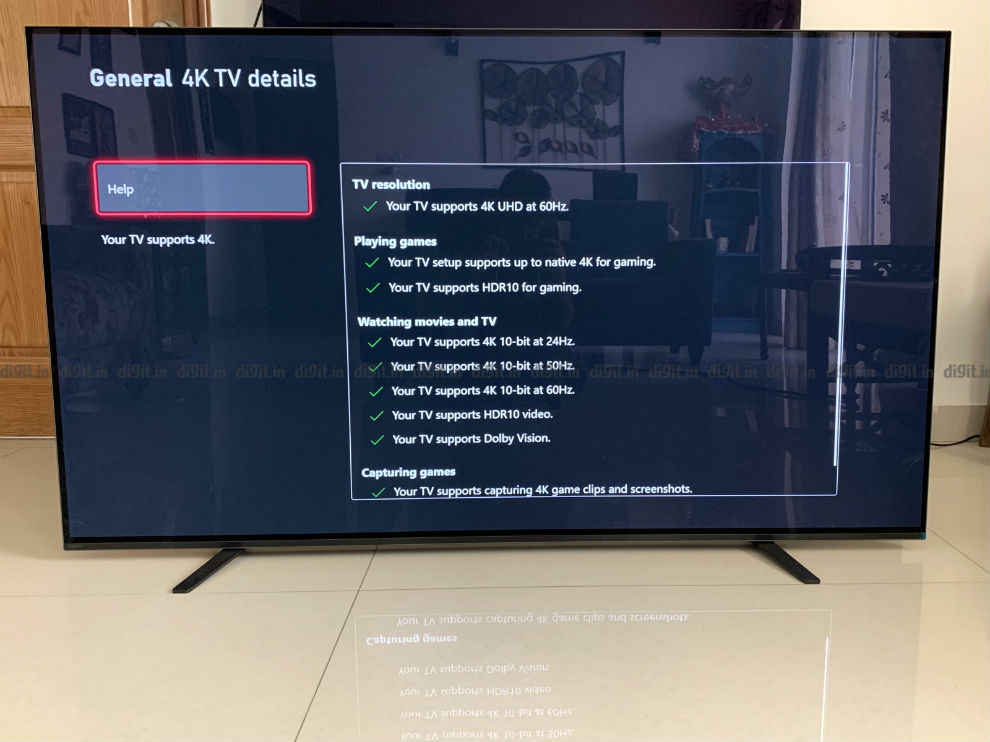
Sony A8H: 4K and HDR performance
Straight off the bat, the one thing to notice is that the TV doesn’t get as bright as the Sony Z8H (review). But that is an LED TV. This is an OLED which means it has deeper blacks and more vibrant colours from the get-go. Let’s break this up into content.
The end battle sequence in Wonder Woman (4K Dolby Vision print) has a lot of high contrast moments where Wonder Woman and her foe trade blows with a lot of explosions and lightning thrown into the mix. When lightning strikes in the right corner of the scene, it casts some passive light at nearby areas, making trees in the dead of night clearly visible. In a fight sequence like this which takes place in the night, the TV can handle dark and bright areas quite well, thanks to the OLED’s self-illuminating nature.
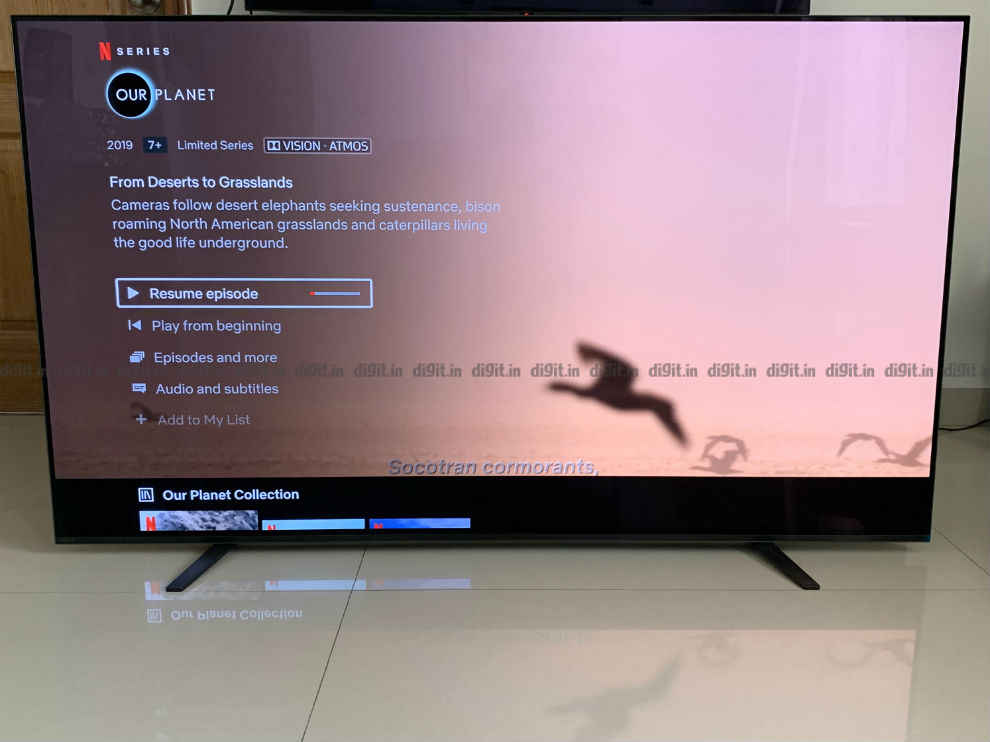
In a show like the Grand Tour, Season 1, Episode 1 contains some bright sunlight with cars wheezing across a desert. We have noticed some TVs find it hard to render the colour of the sand accurately, or there is clipping in some highlights, but not on this TV. It renders some colours in the cars beautifully.
Even Our Planet on Netflix (S1E1), there is a transitional sequence from night to day and from a sky filled with stars to a bright sunny desert, there is no clipping in the highlights nor any loss of details.
So, is there anything lacking? Well, it is an OLED panel at the end of the day which means, when consuming content in the daytime, the panel can get reflective. This isn’t a problem with this OLED only, but something we’ve seen on all OLED TVs. The trick is to draw the curtains or ensure there is no direct reflection on the TV to enjoy content in the day time. The viewing angles are great too and even at a wide-angle, you can consume content with ease and accurate colours.
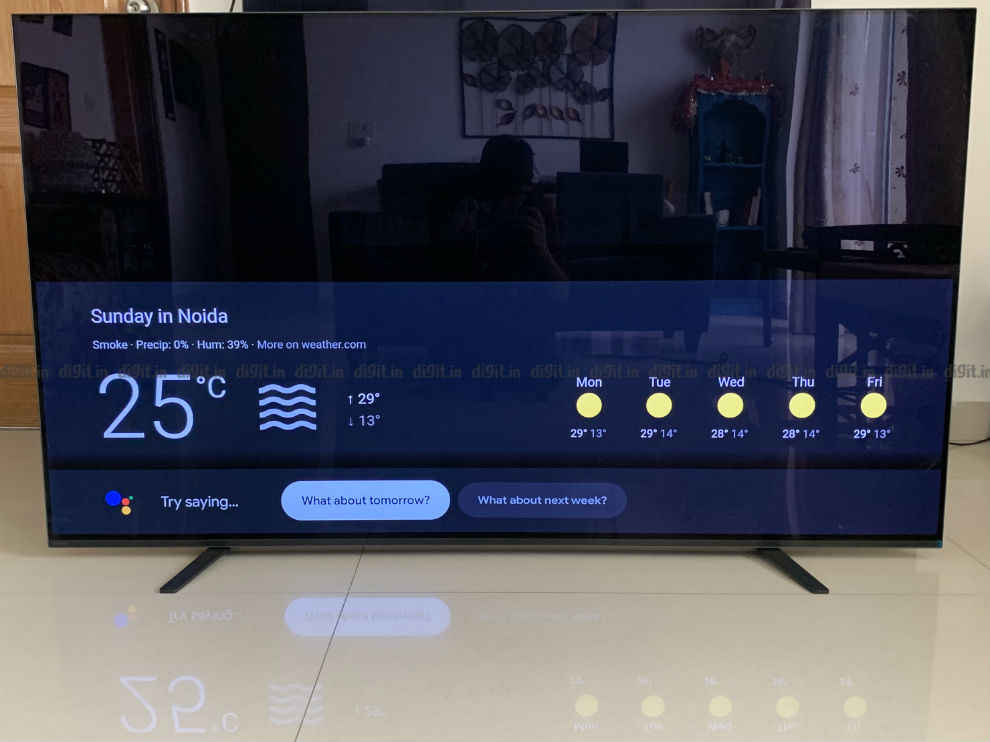
Sony A8H: FHD Performance
Netflix, Prime Video, YouTube and more are full of 1080p content as well. Shows like Young Sheldon, which naturally have a bright colour pallet, are a treat to watch on this TV. They are presented in a vibrant tone that one can enjoy. Even movies like Spider-Man: Homecoming is vibrant. On the other hand, we have Mission: Impossible. Switching off motion flow, we saw no jitter in the fast-moving motorcycle chase sequences. Skin tones looked natural in the default Standard preset as well.
Sony A8H: Gaming Performance
We don’t have a PS5 or Xbox Series X to judge the next generation of games on this TV, but we do have some cross-gen games. We played Spider-Man: Miles Morales (review) and Dirt 5 on this TV and the experience was good. Both the games run at 30 FPS in fidelity mode (for Dirt 5) and the gameplay was fun. Input lag was minimal and the colours in these 2 games deserve special mention. For Spider-Man, we have a snow-covered New York City which looks pretty darn good even without the ray-tracing magic of the PS5. Similarly, on the Xbox, we played Assassin’s Creed Odyssey and Gears 5 (review).
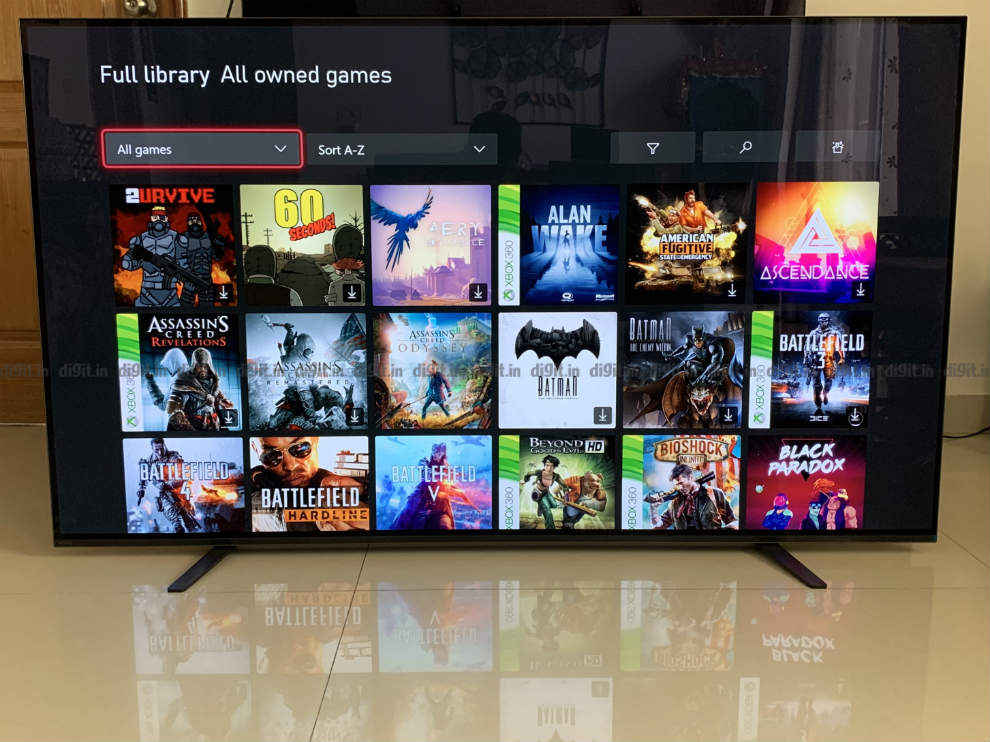
The vibrancy of the landscape in Assassin’s Creed and the dark corridors in the opening act of Gears 5 was breathtaking, especially when played at night. Turn the lights down and watch the colours pop on this TV.
Unlike LG’s 2020 OLED offerings, the Sony A8H does not support HDMI 2.1, meaning you don’t get features like 4K at 120Hz, VRR, ALLM, etc. The built-in game mode on the TV does help with input lag. The only Sony TV that comes with the above-mentioned HDMI 2.1 features is the Sony X90H (review) and that too with only two HDMI 2.1 ports. While HDMI 2.1 is the go-to standard for next-gen gaming, its requirement is still a question. While there are only a handful of games that can achieve 120Hz, it looks like most next-gen games will target 4K at 60Hz with all bells and whistles like ray-tracing enabled. So, the short answer is if you want to play Dirt 5 at 60Hz with a dynamic 4K resolution on your TV, then the experience on this TV should be as good as any. But if you want to play the game at a lower 1080p resolution at 120Hz, then you are better off looking elsewhere.
Sony A8H: Audio performance
Sony’s Acoustic Surface Audio has evolved over the years and one of the key areas of change here is in the Bass and channel separation. Look at Ready Player One, the first big race at the 13-minute mark. It has cars whizzing past the screen and not only is the left to right channel separation noticeable, but you can also hear the bass when King Kong Starts attacking the cars. Sure, it is nowhere close to the Sony HT-G700 (review) or the Philips 3.1 soundbar (review) we reviewed earlier, but its presence is enough that you don’t need a soundbar from day 1 with this TV.
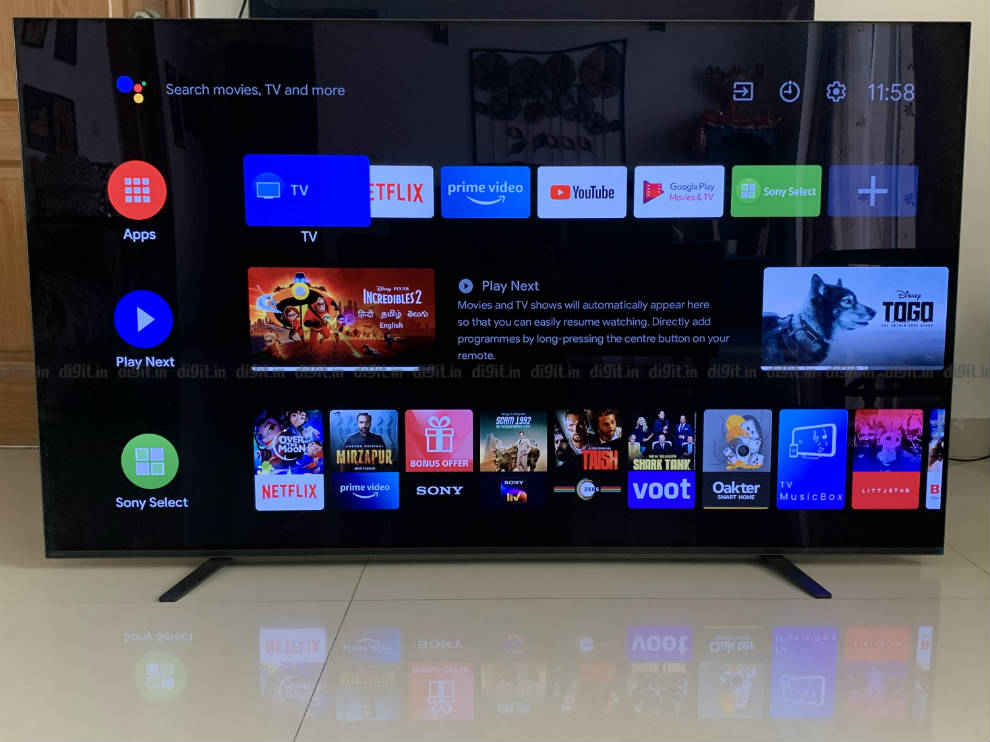
In fact, things like vocals and channel separation are one of the highlights of the TV. Characters talking to each other on the left and right side of the screen exhibit clear channel separation. The TV can also get quite loud considering its mere 30W output on paper. When setting up the TV, you can use the mic on the remote control to calibrate the audio to your listening position for a better sound experience.
Sony A8H: UI
The UI is Android TV through and through and is the same as what we saw on the X90H and the Z8H. We have the slightly redesigned Settings menu, the tried and tested Android TV UI, Google Assistant, Chromecast abilities and support for AirPlay, which works quite well. The UI is as smooth as we saw on the X90H without any lag or stutter. You also have access to all popular streaming services from the Play Store.
Remote control
Another thing which is the same as the X90H is the remote control. The remote doesn’t have backlighting found on the Z8H. It has the same textured back, for grip, dedicated buttons for Netflix and Google Play, playback controls and more. It has a traditional design with access to a number pad.
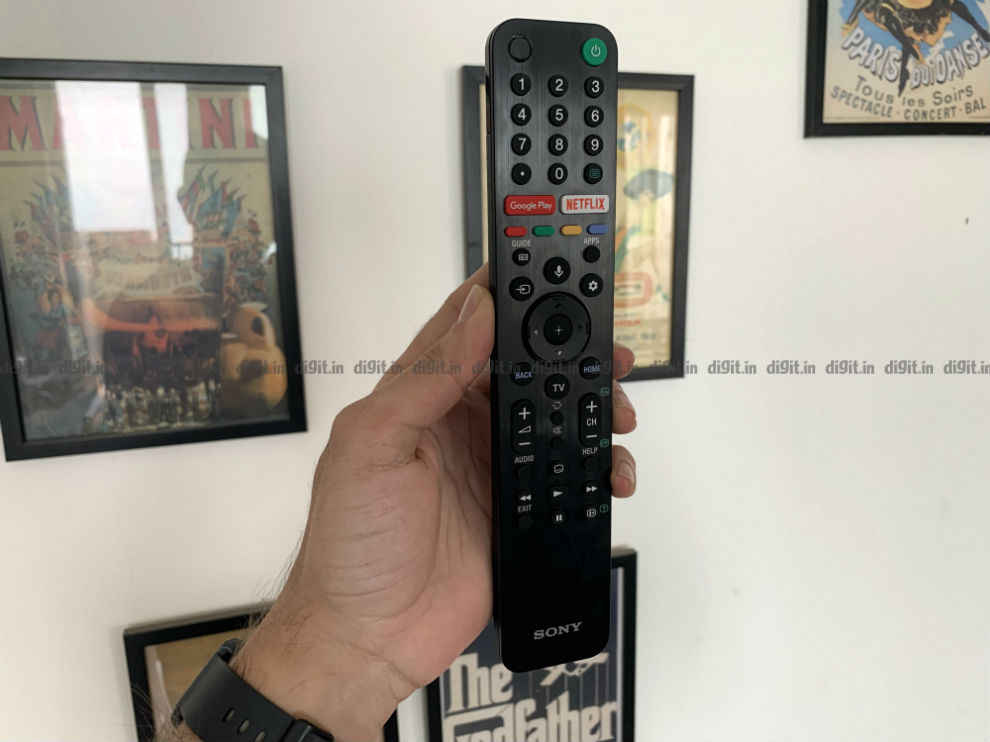
Sony A8H: Build and design
Like we said in the beginning, the design of Sony’s OLED’s has changed over the years. The A1 had a picture frame like design, the Sony A8F sat flush with the tabletop and had a base that held the TV in place at the centre. The Sony A8H has two separate feet to hold the TV in place, and the TV can be mounted on a table in two positions. It can sit flush with the tabletop as we have here, or it can be propped up a little, giving you some space to put a soundbar or set-top-box below the TV. It’s nice to have the option of 2 positions. Coming to the display itself, it is super thin as we have seen with all OLED TVs. There is a rectangular bulge at the back which houses the internals and the connectivity ports.
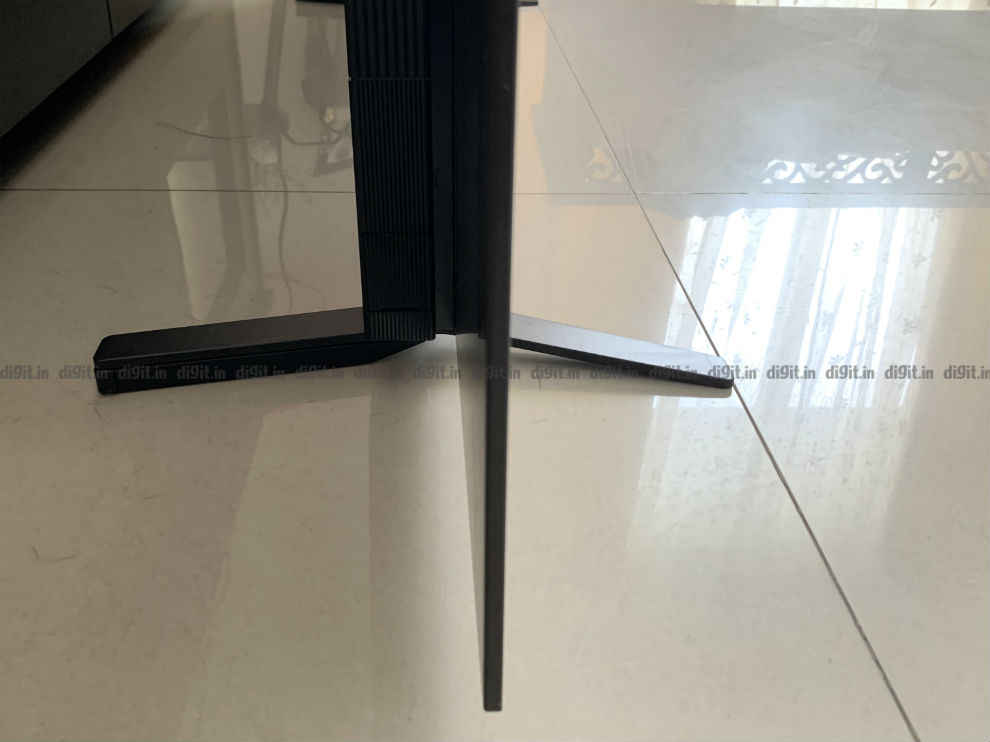
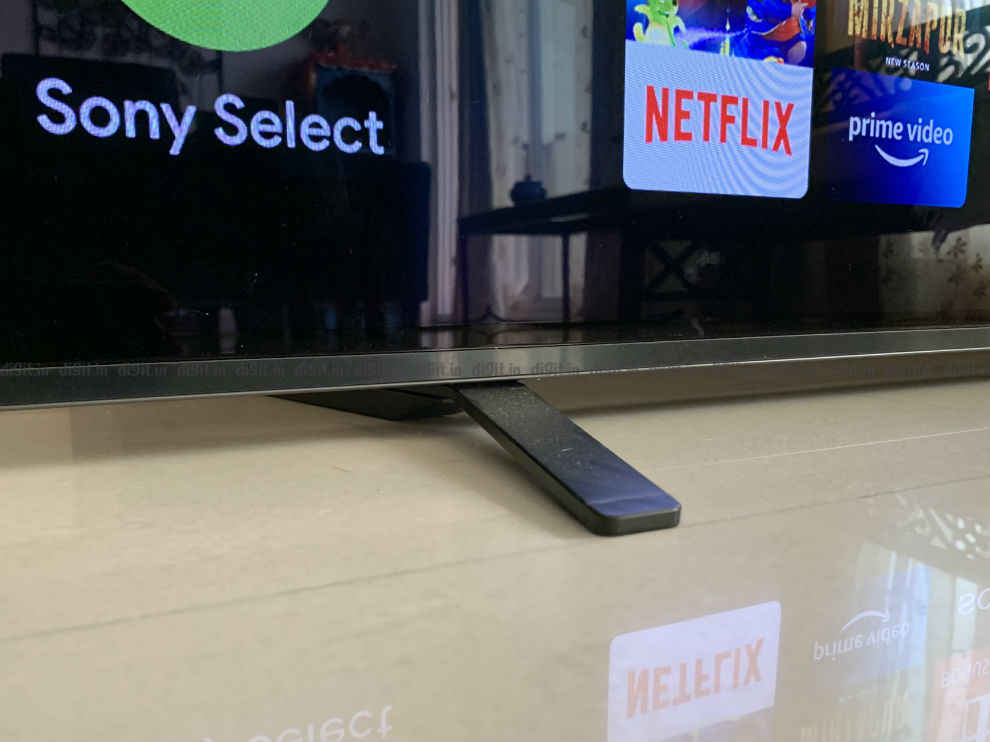
For connectivity, the A8H has one HDMI port, two USB ports, headphones and video in on the side. At the back, in a small cavity, we have three HDMI ports, one USB port, optical, LAN and a good old antenna.
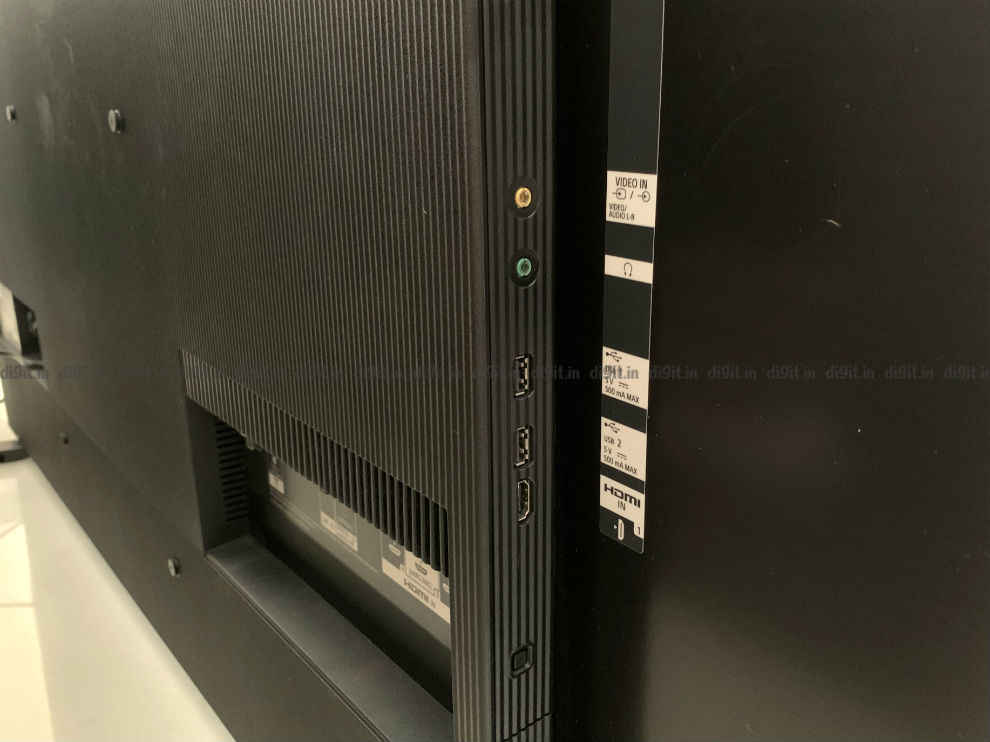
While the connectivity options are plentiful, I wish more HDMI ports were facing the side as the downward-facing ports may be a hassle to get to if the TV is wall mounted.
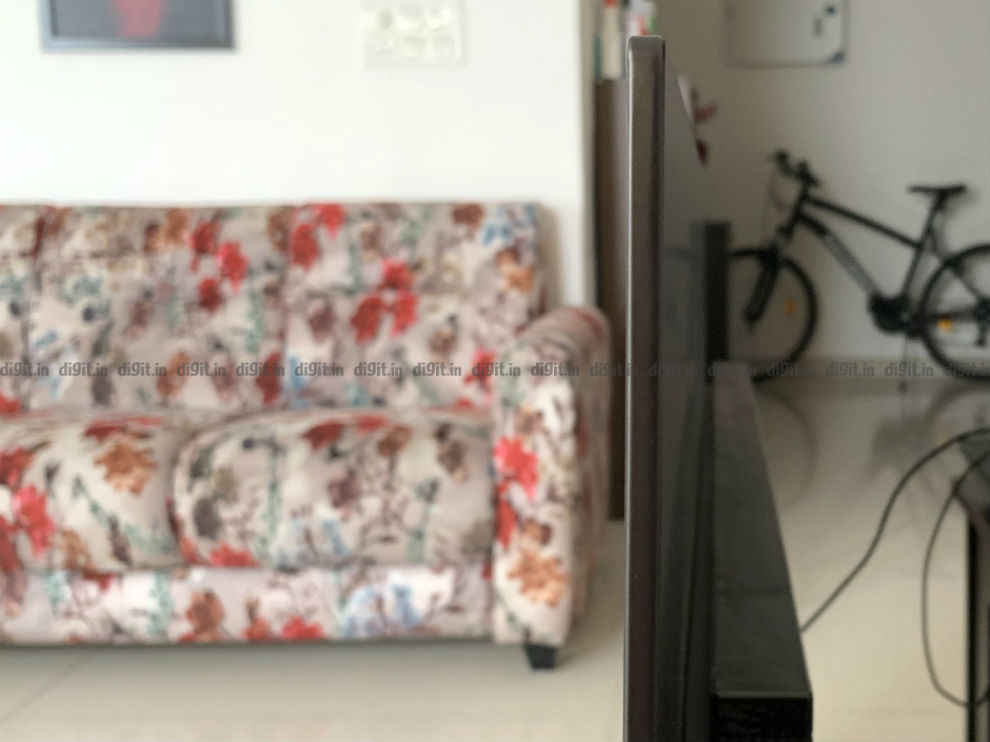
Bottom Line
OLEDs are the pinnacle of content consumption and a cinematic experience, and the Sony A8H delivers on this front. It has fantastic picture quality as far as 4K, HDR, Dolby Vision, SDR and FHD content is concerned. It has good sound output as well. Android has evolved to a point where it isn’t a laggy experience any more. What the TV doesn’t have going for it is that it doesn’t bring with it HDMI 2.1 features like 4K at 120Hz or VRR, which can be a downer for those looking to invest in a next-gen console and GPU proof TV. The peak brightness, though not as high as the Z8H, is still bright enough to enjoy HDR content.
[ad_2]
Source link






